Here’s how Overwatch 2 aims to prevent team stomps, improve MMR, and decrease queue times.
Overwatch 2 revealed some insights about its matchmaking system. Read on for details about team stomps, MMR, queue times, and more.
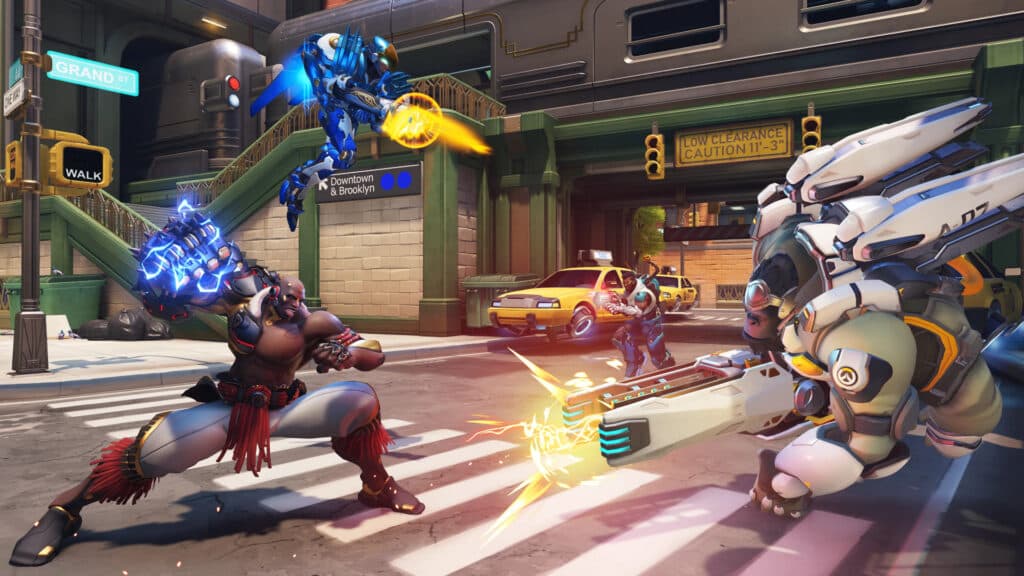
Overwatch 2 on preventing team stomps
In a recent blog about matchmaking, the Overwatch 2 team acknowledged that preventing team stomps is an area of improvement. The team is trying to figure out why these matches occur and what the matchmaking system can do to reduce them.
“What makes looking at stomps tricky is that they also happen with two well balanced teams. A really great ultimate, a key pick, or a few lucky critical shots can make a huge impact in a game of Overwatch,” lead meta designer Scott Mercer said.
Backfills, in particular, contribute to team stomps. However, Season 4 prioritized quality backfills over quick backfills, resulting in match improvements.
"We hear your concerns regarding matchmaking, and we plan to keep shedding light on our development process," Mercer added.
"Role delta is the difference in skill between the best-paired players within each role across teams."
Overwatch 2 matchmaking update
According to senior software engineer Morgan Maddren, Overwatch 2 implemented changes in Season 3 to minimize the difference in role delta. These changes led to a decrease in the skill gap between players across different teams.
"We learned a lot about the more complex dynamics of our matchmaker after this change," Maddren said. Overwatch 2 Season 3 also paid close attention to "the internal structure of matches" and groups.
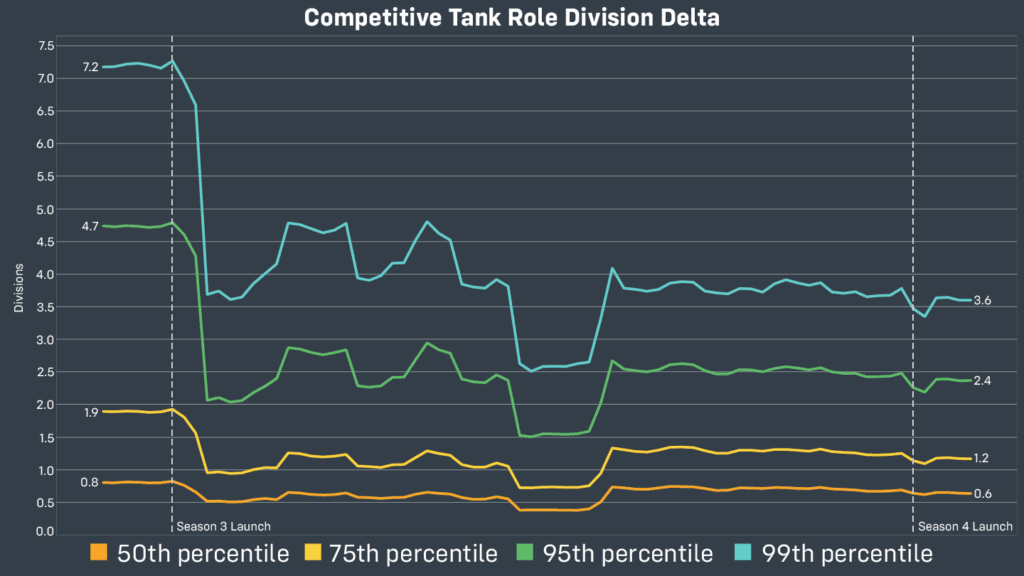
According to Blizzard, the Y-axis represents the MMR difference between two tanks in ranked divisions. The delta between these tanks got closer between Season 2 and Season 4.
The changes implemented in Season 3 also affected other areas of matchmaking such as faster queue times for competitive without sacrificing the quality of matches. For example, the image below indicates how queue times went down for competitive DPS players between Season 3 and Season 4.
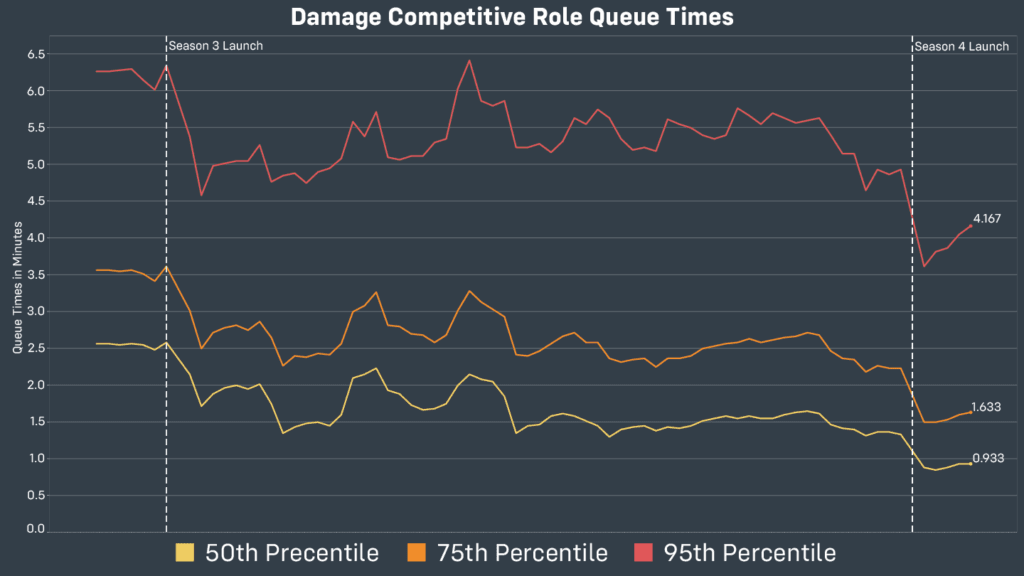
"We also saw some issues regarding high-MMR match quality and longer queue times for parties. This was a rockier change than we would have liked, and we’re taking steps to ensure that future changes will be rolled out more slowly to prevent major disruptions like these," Maddren added, noting that the Overwatch 2 team simulated changes before they went live. "But we still can’t always anticipate some of the knock-on effects of the larger changes we make."
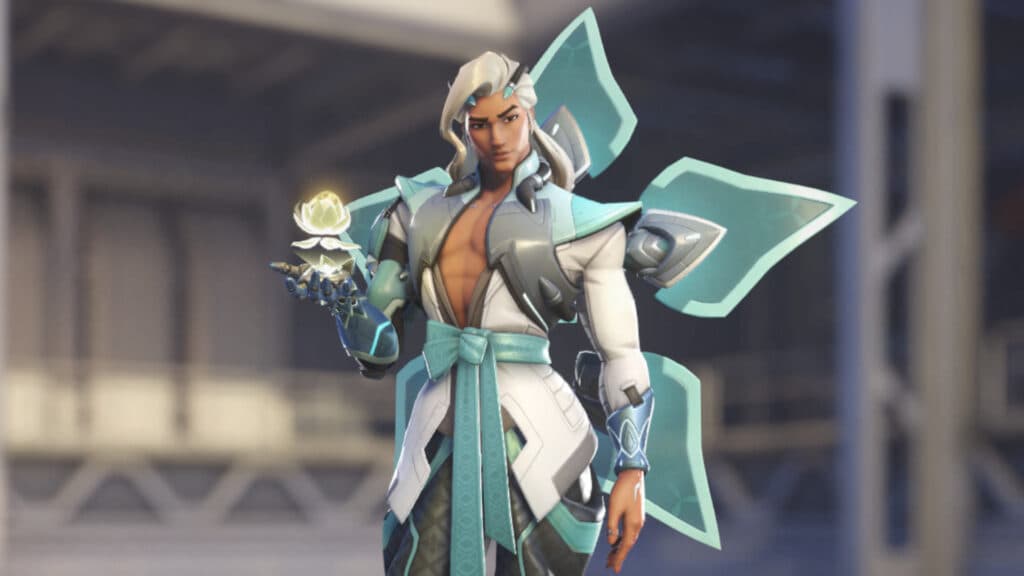
Balancing Overwatch MMR with queue times
Maddren then talked about the goal of forming matches with a smaller total range of MMRs, acknowledging that it's difficult to narrow this range without hurting queue times. Maddren said adjustments need to be made in terms of how the game places large parties in matches. The aim is to have these groups pair up against similar ones.
"There’s a bunch of little details to get right, too. For example, ensuring that we improve how role combinations get prioritized to make matches for large groups," Maddren said. Additionally, there needs to be a way to predict the queue and decide if a match is a go or if players should wait longer for a better one.
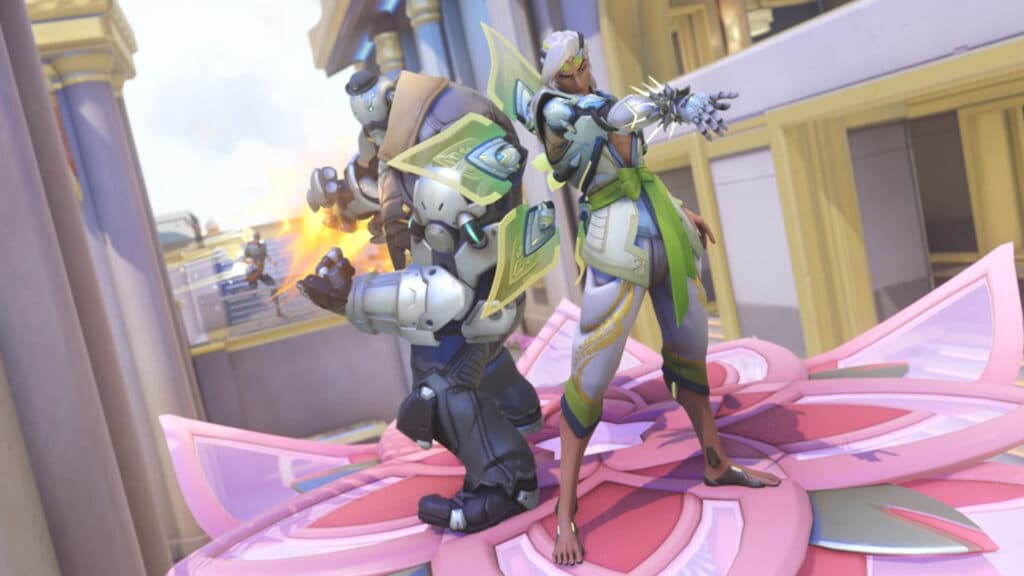
Overwatch 2 ranking system for new players
According to Blizzard, new players can quickly shift in terms of competitive tiers due to the matchmaking system. One of the major goals for the Overwatch 2 team is to calibrate MMR faster to reduce uncertainty about player rankings.
“One challenge is understanding individual players over time. To do this, we’re asking ourselves how we can quickly and accurately gauge a new player, or a player returning after months or years of inactivity,” Maddren said. “We also consider how much better a player can realistically be from role to role, and how quickly a player can improve over time."
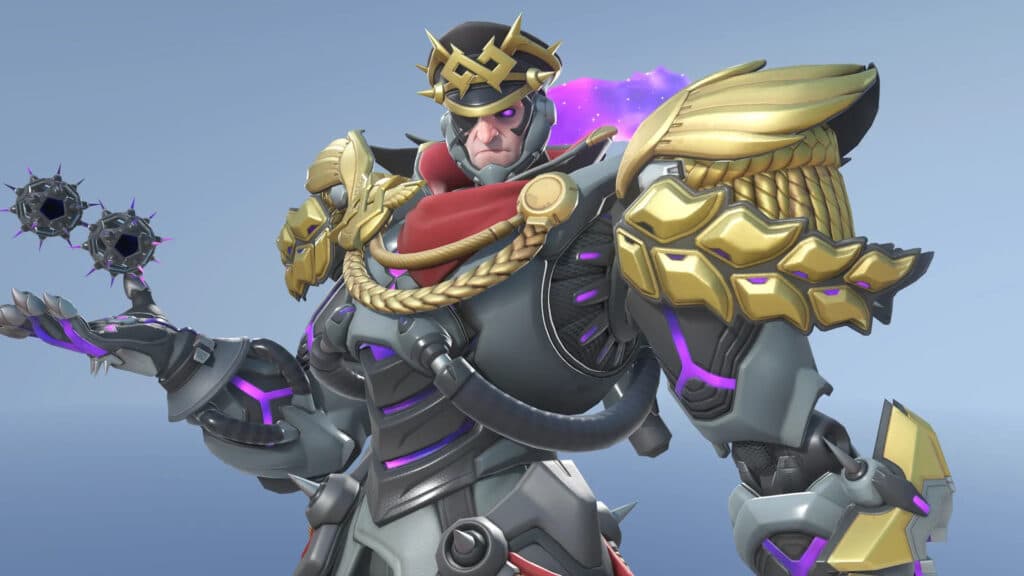
A player's individual performance also matters since it can vary each day, in solo queue, or in team compositions. The average skill level of players as a whole matters as well, and the Overwatch 2 team is figuring out how to handle that.
"How do we handle large jumps in aggregate uncertainty when a bunch of inactive players return for a new season? These are some of the types of problems we’re trying to understand," Maddren explained. Therefore, Overwatch 2 players may see changes to MMR decay in an upcoming Season 4 patch.
That's all for now. Stay tuned on esports.gg for more Overwatch 2 news and updates.